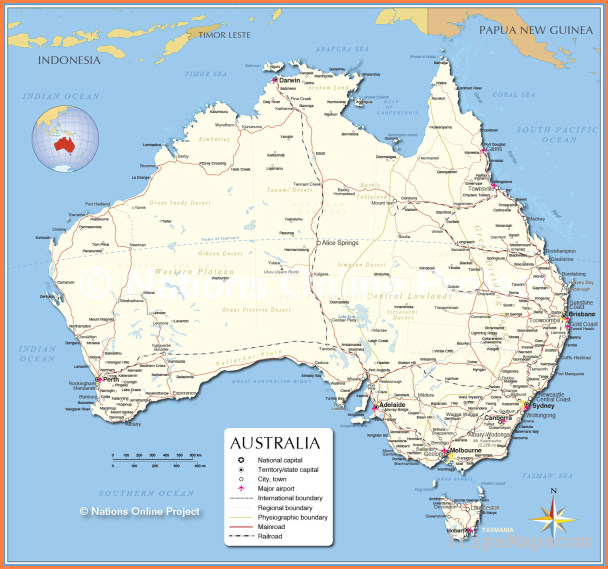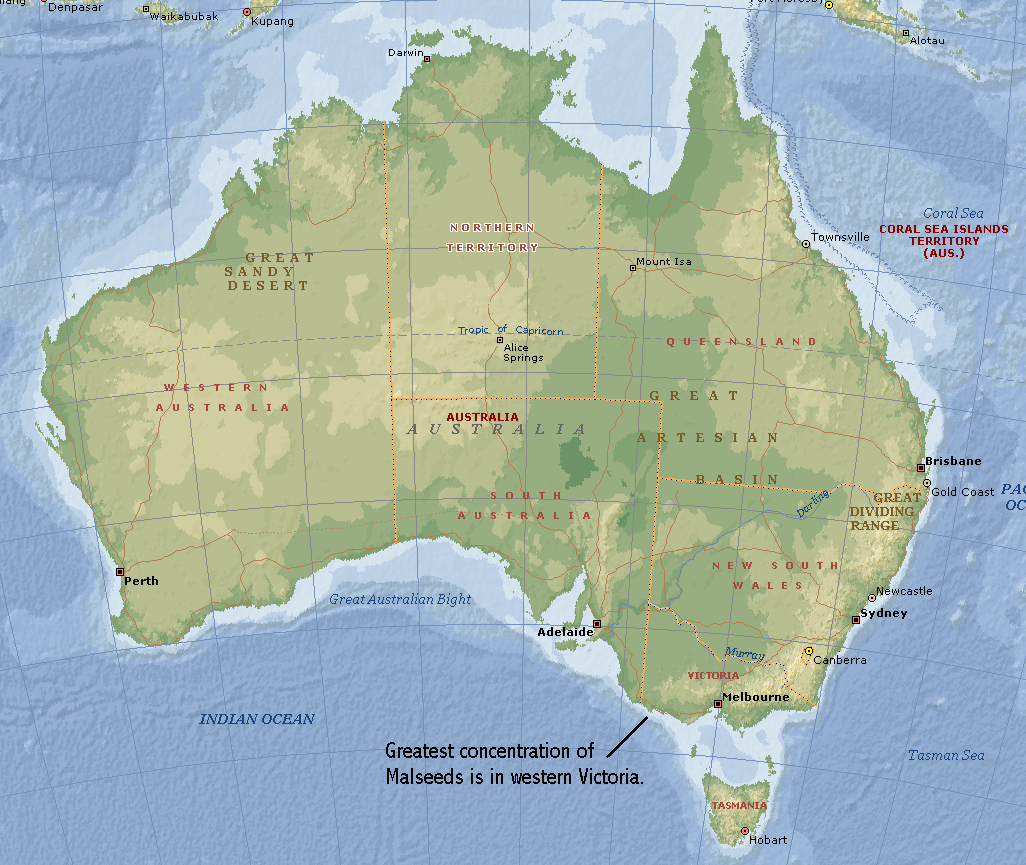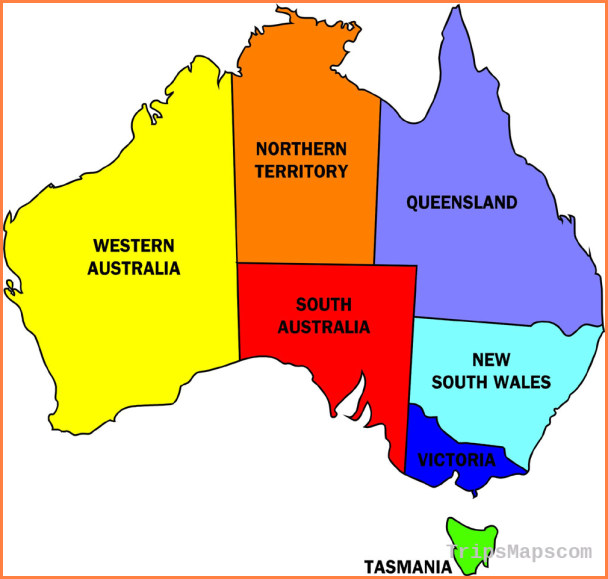Driving through outback Australia can be an enjoyable, memorable experience. The vast, remote landscape and terrain is truly an impressive sight to behold. That being said, it can also be a harsh, unforgiving place if you are not properly prepared and know what to expect.
Know where you’re going to inside and out
1. It’s important to do your research about your journey. Find out the best routes to take, best time to go, required permits, fees that need to be pay, road/track conditions and weather conditions.
2. By speaking with travellers who have been there before, you will gain more insight into what to expect as well as learn some good tips or hear some amazing stories.
3. It’s vital that you pay a visit to government authority websites to keep informed about road and weather conditions before you leave. Consider that there will be no internet during your trip.
Use the right vehicle for your journey
1. Don’t ever attempt to navigate the Australian outback in a 2WD.
2. Check the track classifications of the tracks you will be driving as they will advise of the type of vehicle that is required for your trip.
3. Make sure to have a 4WD vehicle with high and low gearing.
4. Knowing your vehicles towing capacity is important, particularly if you plan on towing a 4WD camper trailer or caravan.
Prepare your vehicle and bring necessary equipment
You will need to be completely self-sufficient during your time in the outback and prepare your vehicle properly. This means that you are required to:
1. Have 20L of water per adult per day of your journey.
2. Use long range fuel tanks and also have back up fuel just in case.
3. Don’t forget to bring some jumper leads and a torch.
4. Have adequate navigation equipment. This includes paper maps, a compass and an on and off-road GPS navigation system such as the Hema HX-1 Navigator.
5. Carry an air compressor to inflate your tyres, a tyre deflator and a tyre pressure gauge.
6. Have a hydraulic jack and tyre repair kits on standby.
7. Your own first aid kit with the recommended contents for various situations.
8. Vehicle recovery equipment such as a recovery strap, 2 bow shackles, a tow strap, a shovel, gloves, winching recovery kit etc.
9. Have adequate communications such as a UHF radio.
10. Proper vehicle lighting such as long-range driving lights and rear lights.
11. Use only steel wheel rims and all-terrain tyres.
12. Have a front bull bar
Are your driving skills good enough for outback travel?
It is essential that your driving skills are suitable for the outback. Some of the most important skills include:
1. Know how to engage and disengage 4WD in your vehicle. Majority of vehicles will require you to stop completely before engaging or disengaging 4WD mode.
2. Look well ahead while driving to anticipate the road and terrain in front of you.
3. Keep wheels on hard surfaces to prevent vehicle or wheel damage.
4. Know how to recover your vehicle from drifting.
5. Remain cautious about dips and creek bed crossings.
6. Don’t power through water.
7. Don’t drive in other drivers dust.
8. Slow down and keep to the left to avoid loose stone damage.
9. Slow down for cattle grids.
10. Adjust tyre pressure for your conditions.
11. Adhere to all road closed signs, even if this mean turning back and finding another route.
12. Assist other vehicles in distress.
13. Take all rocky tracks slowly.
14. When driving down steep rock or sandy tracks try not to use the clutch at all.

















